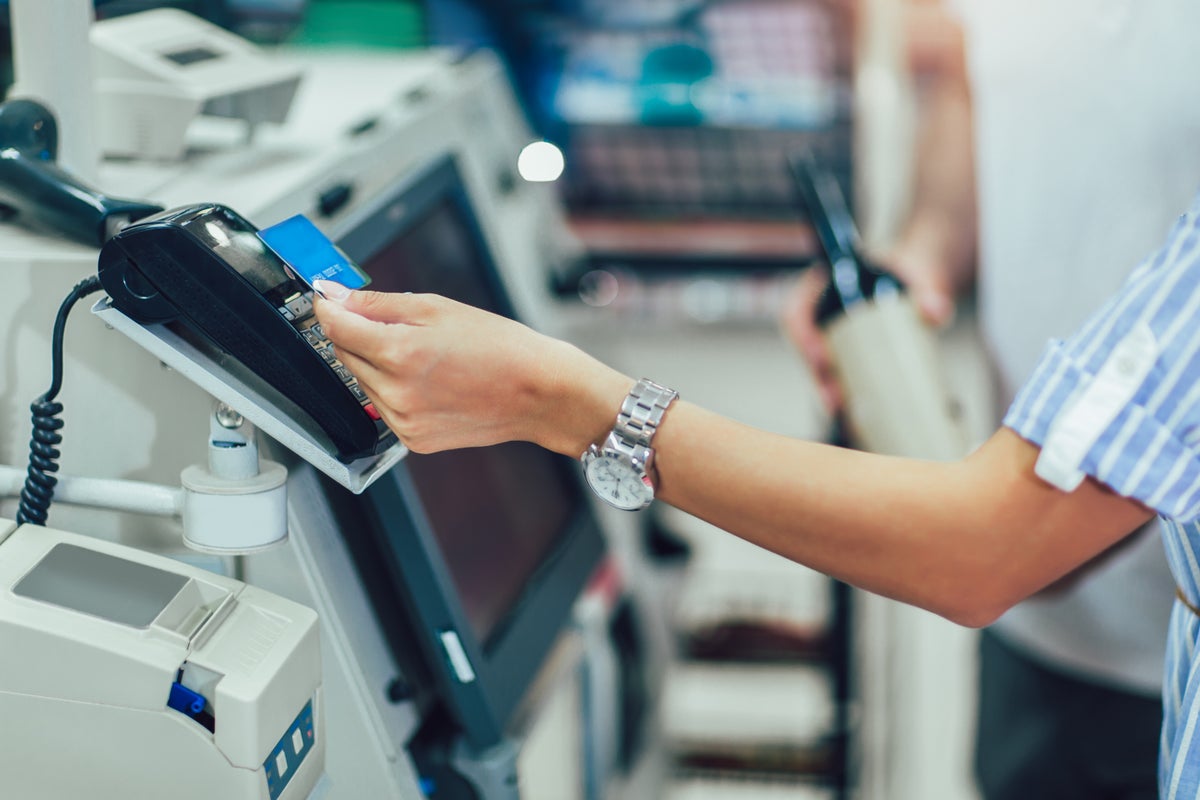
Tipping practices in the United States have changed rapidly since the onset of the pandemic, and the next area of change appears to be tipping in self-checkout lines.
American customers these days are being prompted to leave tips in self-checkout lines at airports, grocery stores, stadiums, and cafes — leaving customers unsure who exactly their genorosity would benefit, according to reporting from The Wall Street Journal.
Prompts for tips in self-checkout lines are an example of “tip creep,” a phenomenon that has seen companies prompting customers to leave more sizable tips in more transactional situations since the onset of the Covid-19 pandemic more than three years ago.
At the beginning of the Covid era, a number of Americans embraced a movement to increase the size of tips to service workers as a nod to the precarity of their financial situations and thanks for taking on the risk of working to provide essential services through the pandemic.
Adherents to that line of thinking sought to make a 20 percent tip the minimum and tipped in an increasingly wide range of situations. Those tips, however, were assumed to be going to real people who would stand to benefit significantly from them.
Self-tipping is, to some, a different proposition. Garrett Bemiller told the Journal that the prompt to tip in a self-checkout situation feels like “emotional blackmail” — a means of guilt-tripping customers into tipping even when they ordinarily wouldn’t.
Companies and organisations that the Journal reached out to largely said that tipping is completely optional and that tips at self-checkout stations are split between staff members.
Nevertheless, some aren’t happy about companies’ prompting of tips from their customers. For some, the situation is made more complicated by a compensation structure for some US service workers like restaurant employees who are often not paid a living hourly wage and rely on tips to make the money they need to support themselves. The situation is also complicated by the fact that some companies steal tips from their workers.
The rapid changes in tipping practices over the last several years have prompted broader conversations about the purpose of gratuity and how tipping — long billed as an extra, optional part of a transaction — functions in the operation of businesses.
It’s a question of particular import in the US, where customers tip more and in higher amounts than in almost any other country in the world.







